How do controlled burns work?
The short answer
Controlled burns, or prescribed fires, are intentionally set by professionals to reduce wildfire risk and support ecosystem health. Burn bosses must get a rigorous burn plan approved and execute with carefully designed ignition methods and timing to control fire behavior.
The long answer
Controlled burns, also called prescribed or Rx fires, are fires intentionally set by trained professionals for ecological and safety reasons (i.e. not arson).
Why are controlled burns important?
Controlled burns are important for two main reasons: lowering the risk of a wildfire and triggering numerous ecological benefits.
Reason #1: Lowers wildfire risk
"Spring Prescribed Burns" by National Interagency Fire Center is part of the public domain.
Over time, forest floors build up with dry leaves, brush, and downed or diseased trees. All of these things are fuel for fires. If they build up to unsafe levels, all it takes is one lightning strike or one careless human to start a large-scale, uncontrollable wildfire. Controlled burns remove excess fuel from the forest floor, reducing the likelihood and severity of a wildfire.
Reason #2: Provides ecological benefits
Fire is a natural ecological process that provides numerous benefits to forests and grasslands.
There are many fire-dependent plant and animal species that cannot thrive without an occasional burn. Black-backed woodpeckers rely on nesting in dead trees after a forest fire and dine on insects like beetles that are attracted to burned trees.
"Pitch pine cones exposed to fire" by Dmccabe is licensed under CC BY-SA 4.0.
Some pine species, like pitch pine trees, have evolved to produce hard, thick cones glued shut with resin. These "serotinous" pine cones can only release their seeds when fire has melted the resin.
Fire also promotes ecological health by removing invasive species and killing pests and pathogens that cause tree diseases. This decreases competition when the forest regrows and can stop diseases from spreading.
Finally, prescribed burns are better for the soil because they burn cooler than wildfires. Fire returns nutrients from living things back into the ground, but when it gets too hot, key nutrients (like nitrogen) vaporize, leaving poorer soil.
"Fire-Forest" by Cameron Strandberg is licensed under CC BY 2.0.
In a 2001 study, soil-surface temperatures reached about 1,299°F (704°C) in high-intensity fires and about 437°F (225°C) in low-intensity prescribed burns. Prescribed burns are still incredibly hot, but they recycle nutrients while causing far less damage to soil health than wildfires.
What are the logistics of prescribed fires?
Prior proper planning prevents pyro problems. Here's a brief look into the logistics of conducting a prescribed fire (in the United States):
🧑🚒 What is a burn boss?
A burn boss is the person in charge of planning, organizing, and running the show on burn day. They are the decision makers on whether a burn takes place and are ultimately responsible for keeping everyone safe.
📄 What is a burn plan?
Red tape before red flames. A burn plan (check out an example) covers every detail about how the prescribed fire is going to work. It will include things like:
Where and when will the prescribed burn take place?
How close is the burn site to private land, campsites, power lines, archeological sites, roads, and critical wildlife habitats?
How will it be ignited?
How will the public be notified, especially smoke-sensitive groups like hospitals?
Where will the funding come from?
Which radio frequencies will be used for communication?
If something goes wrong, who will declare a wildfire and how will they make that call?
And a lot, lot, lot more
Lastly, when the date approaches, the burn boss goes through a final checklist that confirms conditions and resources are still adequate. If everything checks out, the burn boss will do a test fire. If the test fire goes well, it's time to burn, baby, burn.
What are the types of prescribed fires?
There are two categories of prescribed burns: broadcast and pile burning. Broadcast burns are conducted on large areas of land, whereas pile burning involves moving, stacking, and burning debris in piles.
Pile burning is pretty self-explanatory, but there are lots of different ways you could conduct a broadcast burn (often in combination):
Type #1: Backfire
White arrows indicating wind direction
A back fire is forced to move into the direction of the wind. This type of fire spreads more slowly and has smaller flames than if it were moving with the wind.
Type #2: Headfire
A headfire moves with the wind, so it spreads much faster and is more intense than a backfire. It's commonly starting only after a backfire and other barriers have secured the edges.
Type #3: Flanking fire
Flanking fire runs parallel to the wind direction and is set to create a perimeter for the prescribed burn. As they get blown with the wind, they spread fast.
Type #4: Strip-heading fire
Strip-heading burns involve setting multiple "strips" of headfires, spaced about 20-50 feet (~6-15 meters) apart. These are set to quicken the process of the prescribed burn.
Type #5: Point-source fire
Some prescribed burns are set in a grid pattern to reduce flame intensity and cover large areas quickly. In hard-to-reach places, these fires are often started from helicopters or drones that release aerial ignition devices that look like ping pong balls.
The most heated game of ping pong ever known
Aerial ignition spheres (brand name "Dragon Eggs") contain potassium permanganate. When they are injected with glycol, it triggers a chemical reaction that sets them on fire after 30-60 seconds.
Type #6: Ring fire
A ring fire is set in a circle and burns up quickly, so it requires a lot of expertise to do it right. Ring fires produce relatively little smoke, so they're an option when conducting a prescribed burn when smoke is a concern (e.g. next to schools, hospitals, airports).
🧠 Bonus brain points
When did prescribed burning start?
Indigenous people across the world have been using prescribed burning as a tool to promote ecological health, clear land for crops, and reduce the risk of disastrous wildfires for thousands of years.
In 2021, the Adelaide Park Lands burn became the first cultural burn on Kaurna land since European colonization in Australia. Source: Green Adelaide
When European colonists arrived in North America and Australia, they were unfamiliar with the benefits of controlled burns and generally banned the practice. It took a long time for non-indigenous societies to recognize the error in this decision; for example, up until 1967, the policy at Yellowstone National Park was to suppress any and all wildfires.
Curious about how the world works?
Today You Should Know is a free, weekly email newsletter designed to help you learn something new every Friday.
Subscribe today 👇
Check out some other curious questions:
Sources
Applied Soil Technologies, Inc. (2019, November 12). How Do Wildfires Affect Soil?. Applied Earth Sciences. https://aessoil.com/how-do-wildfires-affect-soil/
Cherlinka, V. (2025, July 4). Prescribed Burn: How To Do Controlled Fires Safely. EOS Data Analytics. https://eos.com/blog/prescribed-burn/
Doyle, B., & Denby, S. (2024, March 27). The Logistics of Prescribed Fires. YouTube. https://www.youtube.com/watch?v=lUhs8U6Vn78
Kennard, D. K., & Gholz, H. L. (2001). Effects of high- and low-intensity fires on soil properties and plant growth in a Bolivian Dry Forest. Plant and Soil, 234(1), 119–129. https://doi.org/10.1023/a:1010507414994
Miller, B. (2023, July 17). 10 Questions About Prescribed Fire, Answered. The Nature Conservancy. https://www.nature.org/en-us/about-us/where-we-work/united-states/michigan/stories-in-michigan/what-is-a-burn-boss/
Mullen, L. (2017, June 1). How Trees Survive and Thrive After A Fire. National Forest Foundation. https://www.nationalforests.org/our-forests/light-and-seed-magazine/how-trees-survive-and-thrive-after-a-fire
Parker, L. (2024, September 17). Drones Shoot Fireballs to Help Control Wildfires. National Geographic Society. https://education.nationalgeographic.org/resource/drones-shoot-fireballs-help-control-wildfires/
Radtke, A. (2016, June 27). Flank, Head, and Back Fire: Know the Difference?. My Wisconsin Woods. https://mywisconsinwoods.org/2014/03/31/flank-head-and-back-fire-know-the-difference/
Reimer, O. (2023, August 23). Fighting fire with fire (and drones). Nebraska Public Media. https://nebraskapublicmedia.org/es/news/news-articles/fighting-fire-with-fire-and-drones/
Rothman, H. K. (n.d.). A Test of Adversity and Strength: Wildland Fire in the National Park System. National Park Service. https://www.nps.gov/subjects/fire/upload/wildland-fire-history.pdf
Sten, M. (2020, July 12). Fire-Adapted: Plants and Animals Rely on Wildfires for Resilient Ecosystems. Defenders of Wildlife. https://defenders.org/blog/2020/07/fire-adapted-plants-and-animals-rely-wildfires-resilient-ecosystems
U.S. Department of the Interior. (2024, March 18). Indigenous Fire Practices Shape our Land. National Parks Service. https://www.nps.gov/subjects/fire/indigenous-fire-practices-shape-our-land.htm
US Forest Service. (2023, November 7). Drones change the way forest fires are managed. US Forest Service. https://www.fs.usda.gov/inside-fs/delivering-mission/sustain/drones-change-way-forest-fires-are-managed
US Forest Service. (n.d.). Prescribed Fire. US Forest Service. https://www.fs.usda.gov/managing-land/prescribed-fire
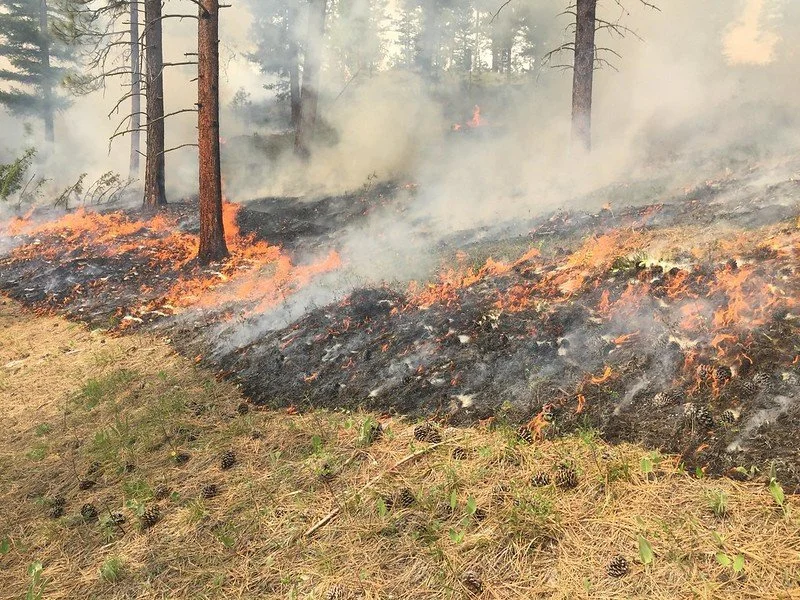



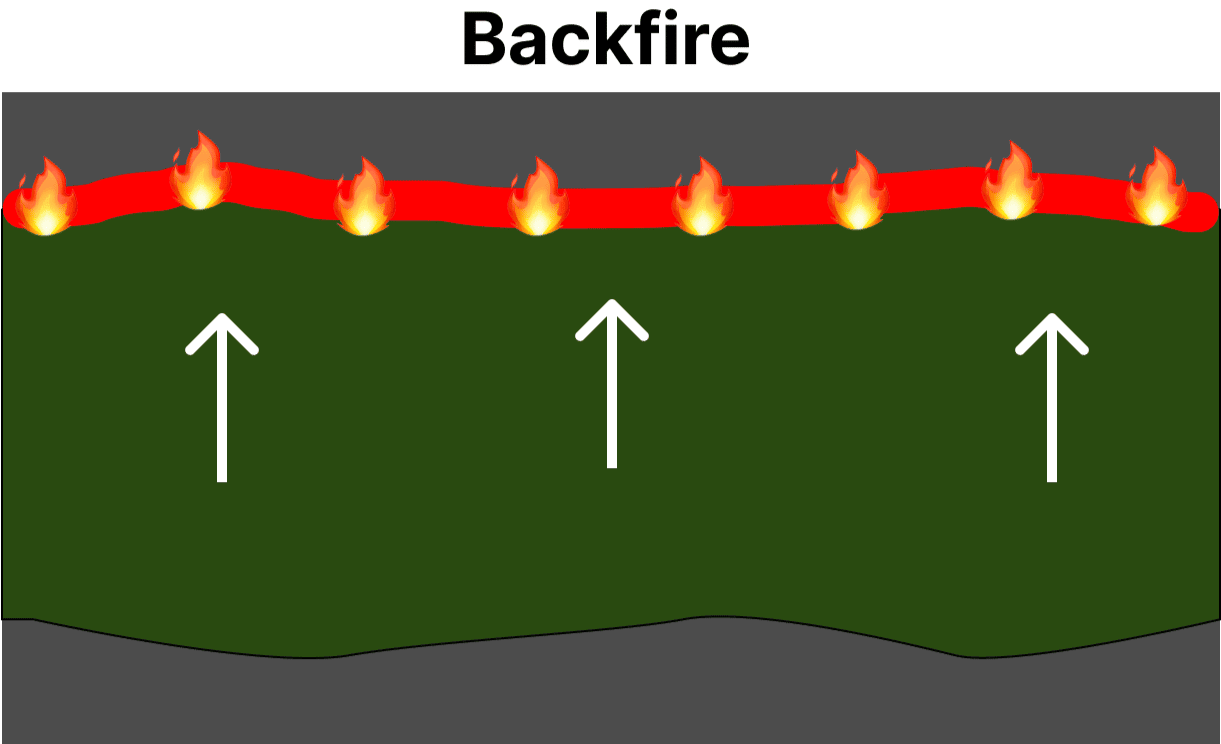
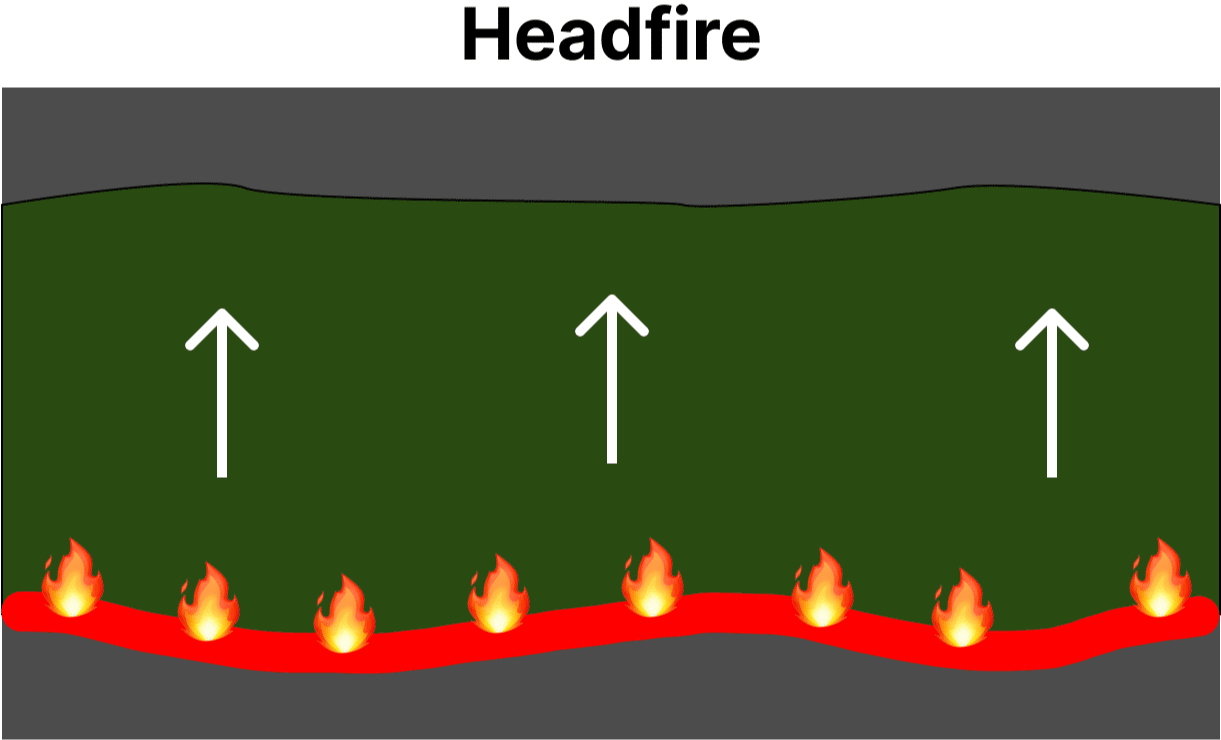
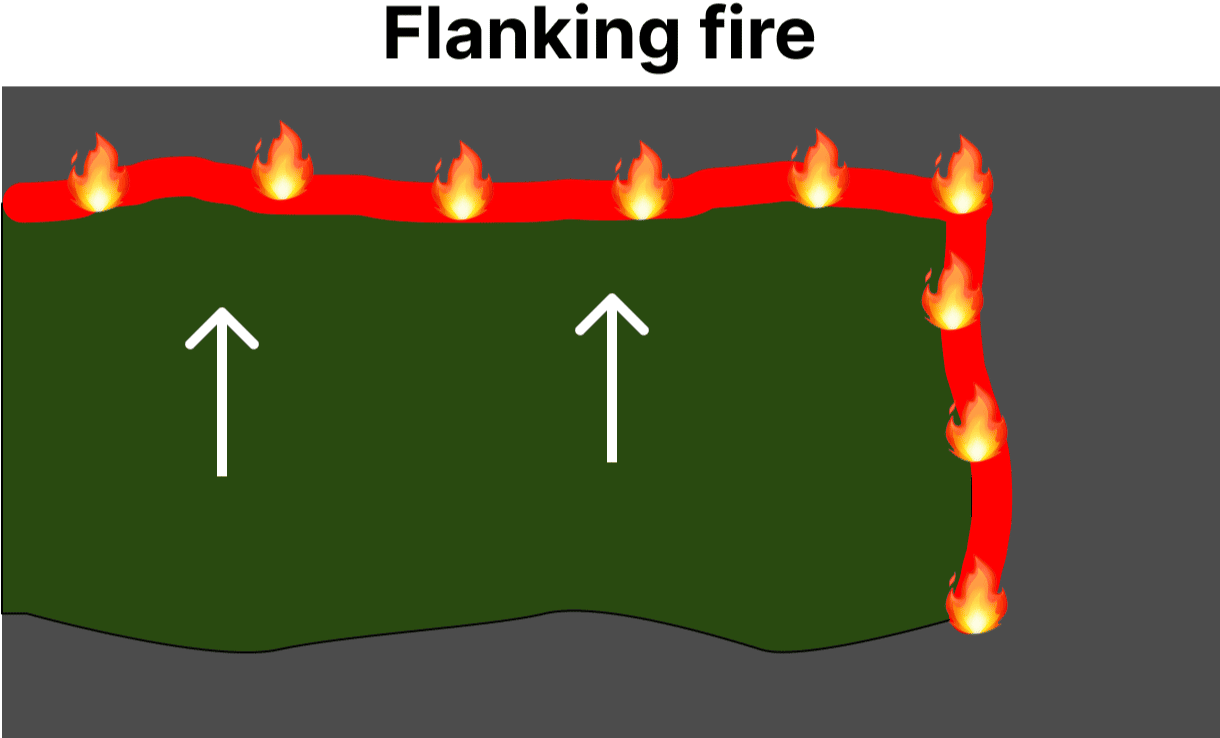


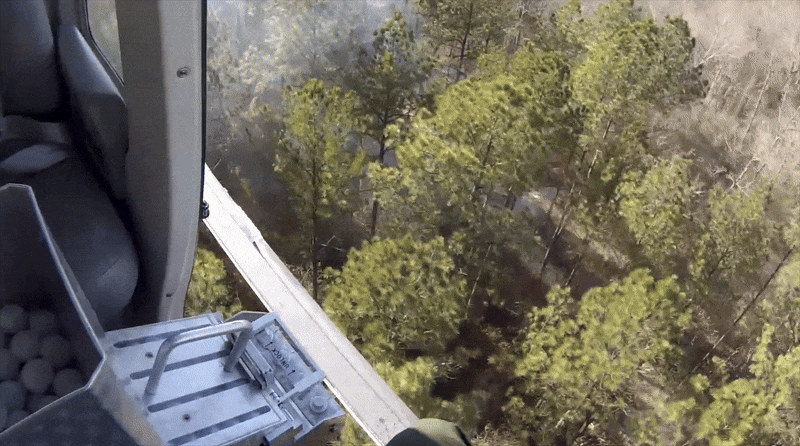
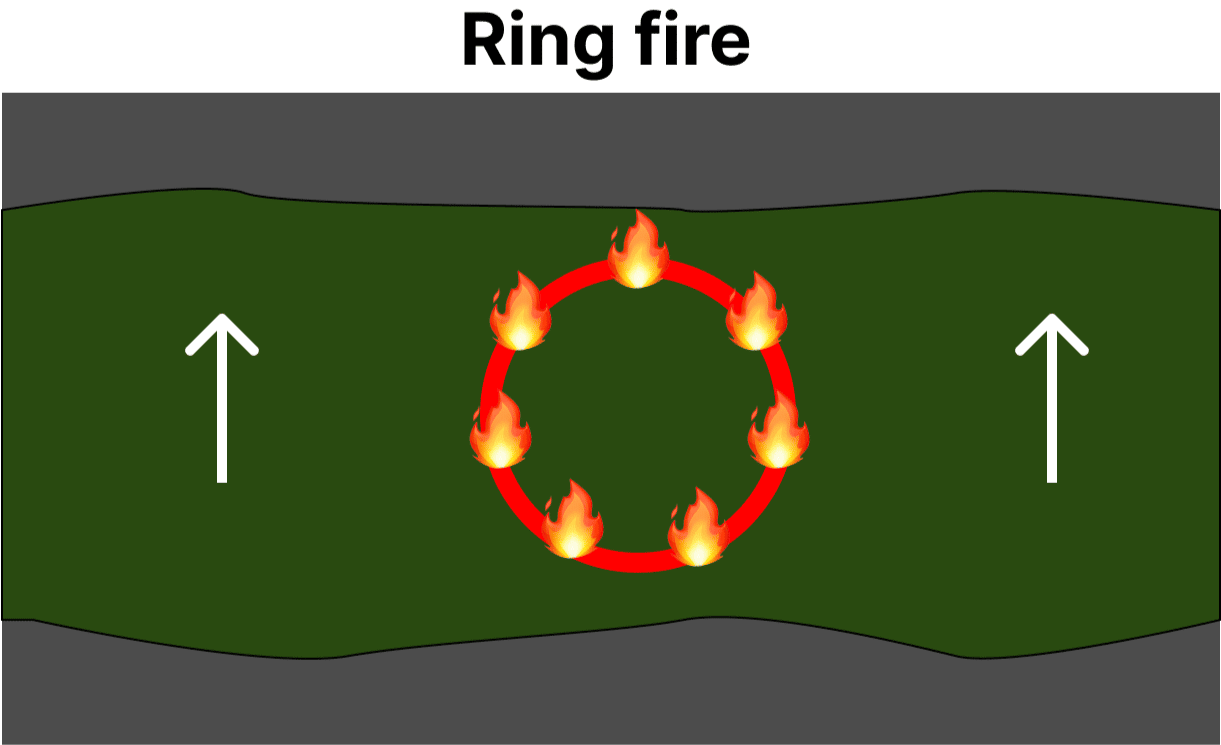
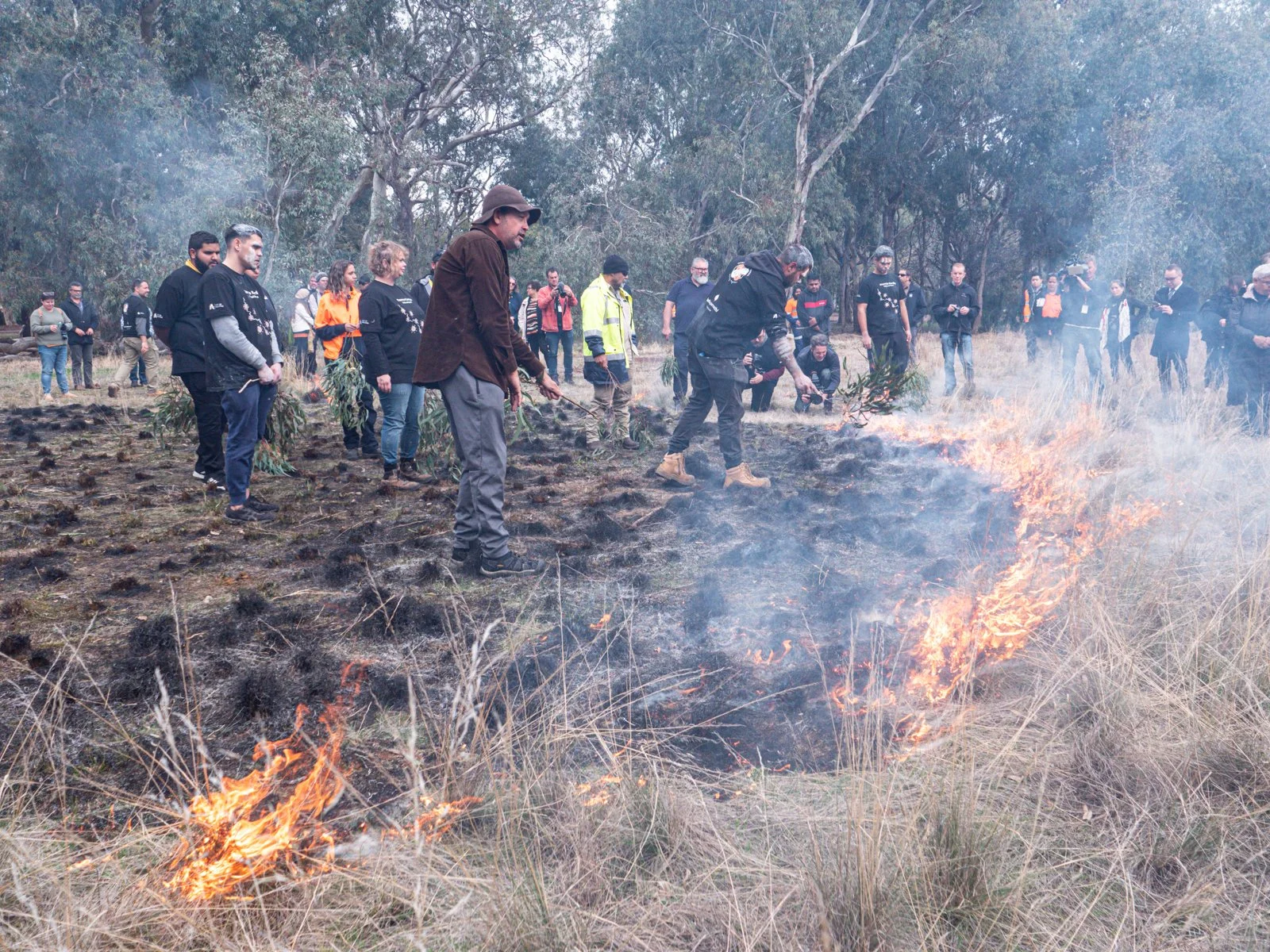
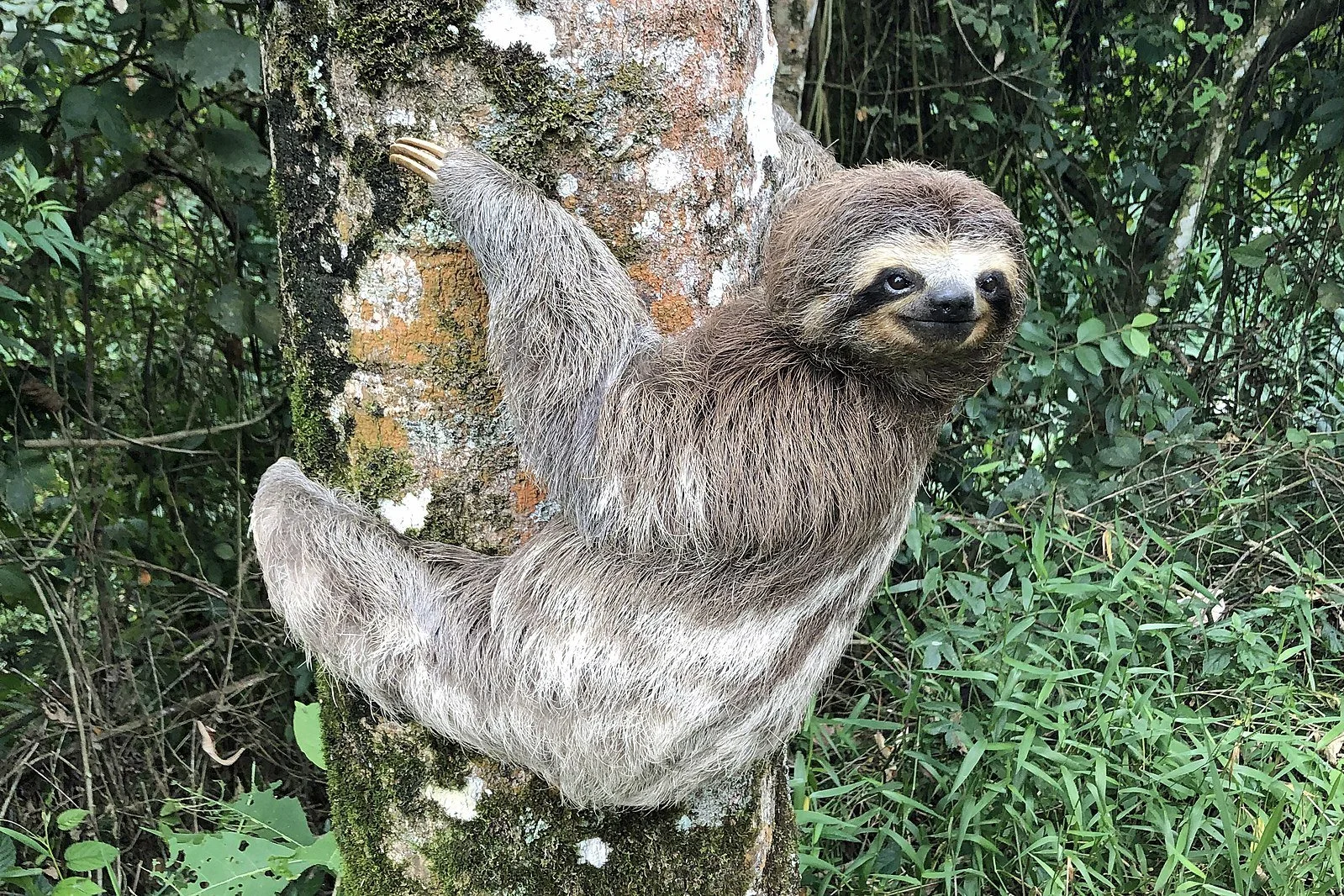


It’s like an American accent but with calendars.